by Mike Gulett –
The 1960s were great years for American cars. Many landmark designs were produced like the Ford Mustang, Chevrolet Camaro, Buick Riviera and these two I am describing here today: the 1966 Dodge Charger and the 1966 Oldsmobile Toronado. I loved both of these cars at first sight, although I have never owned one except for a silver ’66 Dodge Charger slot car. I was a kid in 1966 so a slot car was all I could legally drive.
1966 Dodge Charger
The 1966 Dodge Charger marked the debut of Dodge’s entry into the personal luxury and performance car markets, blending muscle car styling with fastback elegance. Based on the Chrysler B-body platform, the Charger was positioned as a more stylish alternative to traditional muscle cars, targeting buyers who wanted both performance and sophistication.
Design and Styling
The most distinctive feature of the 1966 Charger is its dramatic fastback, sweeping from the windshield to a near-vertical rear end. This gave the car a sleek, futuristic and very cool profile. Up front was a full-width hidden headlight grille, which retracted to reveal quad headlamps—a creative touch that added to its jet-age styling.
Inside, luxury and individuality:
-
Four individual bucket seats, separated by full-length center consoles.
-
A full instrument cluster with electroluminescent lighting.
-
High-grade materials and a driver-oriented cockpit.
Performance and Engineering
The Charger came standard with a 318 cu in (5.2L) V8, but more powerful options were available, including:
-
361 cu in (5.9L)
-
383 cu in (6.3L)
-
The legendary 426 HEMI (7.0L) in limited numbers, producing 425 hp.
Paired with either a 3-speed automatic or 4-speed manual transmission, the Charger was no slow poke, but in HEMI trim it was among the fastest factory cars available at the time.
Sales and Legacy
While the 1966 model year sold well, with over 37,000 units sold, the 1967 model saw a decline to about 15,000 units, partly due to competition from the more affordable and popular Ford Mustang and Chevrolet Camaro.
Even so, these early Chargers established the model’s identity:
-
Emphasizing power, style, and innovation.
-
Setting the stage for the more aggressive redesign in 1968 that would become a muscle car icon.
The 1966 Dodge Charger remains a sought-after classic, appreciated for its unique design and innovative features.
1966 Oldsmobile Toronado
The 1966 Oldsmobile Toronado was a groundbreaking entry into the personal luxury car market, notable for being the first American front-wheel-drive car in nearly three decades. It combined futuristic styling, advanced engineering, and V8 power to deliver a unique driving experience. And it laid the foundation for future front-wheel-drive General Motors cars.
Design and Styling
The 1966 Toronado featured a dramatic and aggressive design that set it apart from anything else on the road:
-
A long, low, and wide body with sharply shaped fenders.
-
A distinctive hidden headlamp grille that gave the front end a clean and stylish look.
-
A sweeping fastback roofline that enhanced its sporty proportions.
-
Pronounced wheel arches with subtle details that emphasized motion and power.
The styling was the work of David North under the guidance of GM design chief Bill Mitchell; it was named Motor Trend’s Car of the Year for 1966.
Performance and Engineering
Under the hood, the Toronado packed a powerful punch:
-
A 425 cubic inch (7.0L) Rocket V8 producing 385 horsepower and 475 lb-ft of torque.
-
It featured GM’s new Turbo-Hydramatic 425 transmission, which was a modified version of their rear-drive automatic adapted for front-wheel drive.
-
The front-wheel-drive layout provided excellent traction, especially in slippery conditions, and a surprisingly balanced ride for such a large car.
Despite its size (over 4,800 pounds), the Toronado offered impressive performance for the era, with 0–60 mph in under 8 seconds—fast for a luxury coupe in 1966.
Interior and Innovation
The interior of the 1966 Toronado was as forward-thinking as its drivetrain:
-
A space-age dashboard with a horizontal speedometer and pod-like controls.
-
A flat floor (no transmission tunnel) thanks to the front-wheel-drive layout, which improved front and rear legroom.
-
Available options included power windows, air conditioning, and tilt and telescoping steering.
Oldsmobile marketed the Toronado as a personal luxury car, appealing to buyers who wanted something distinctive, comfortable, and advanced.
Sales and Legacy
The 1966 Toronado was a technological milestone that influenced automotive design and engineering for decades. It:
-
Revived front-wheel drive in American cars, leading to broader adoption by GM in models like the Cadillac Eldorado (1967) and later the Buick Riviera.
-
Proved that front-wheel drive could handle big V8 power.
-
Showed that daring design and innovation could coexist in a production car.
Sales in the first year were more 40,000 units sold, a respectable number for a premium, radical coupe.
The 1966 Oldsmobile Toronado stands today as one of the most innovative and stylish American cars of the 1960s—a true pioneer that combined muscle, luxury, and advanced engineering in a form that was both ahead of its time and bold.
Let us know what you think in the Comments.
Research, some text and some images by ChatGPT 40.
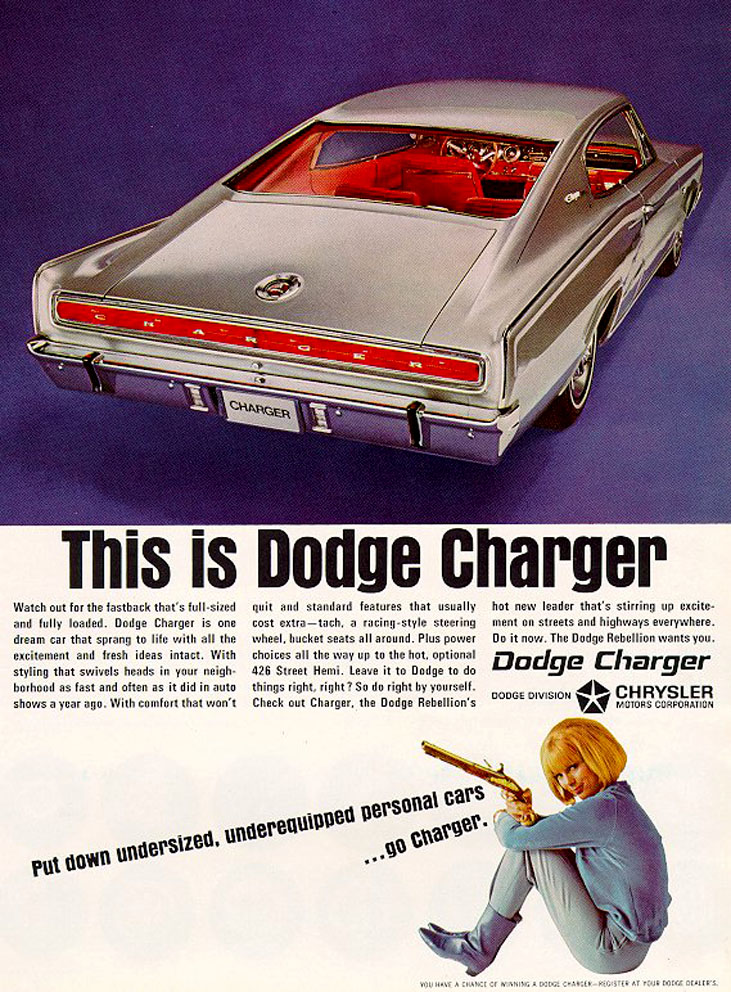
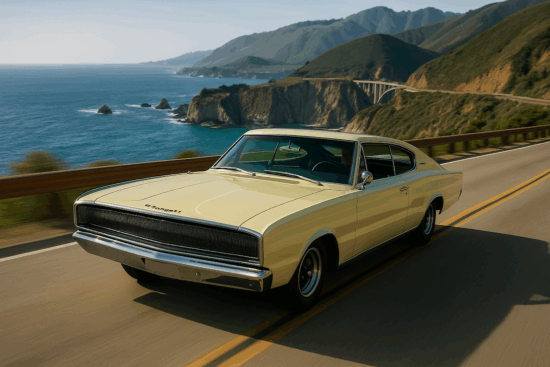
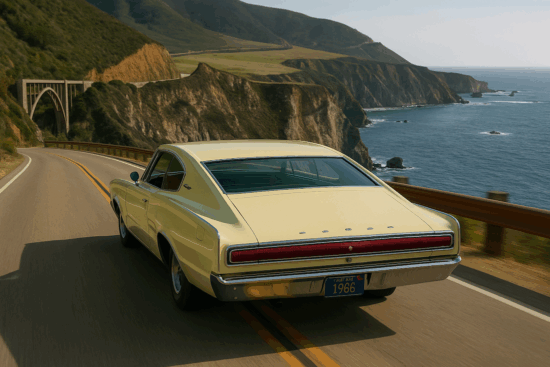
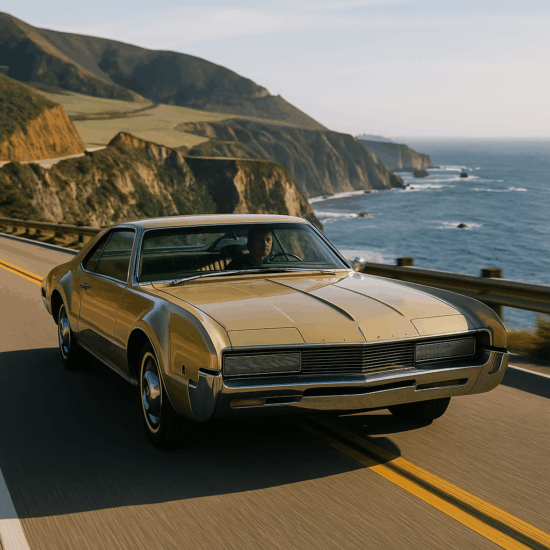

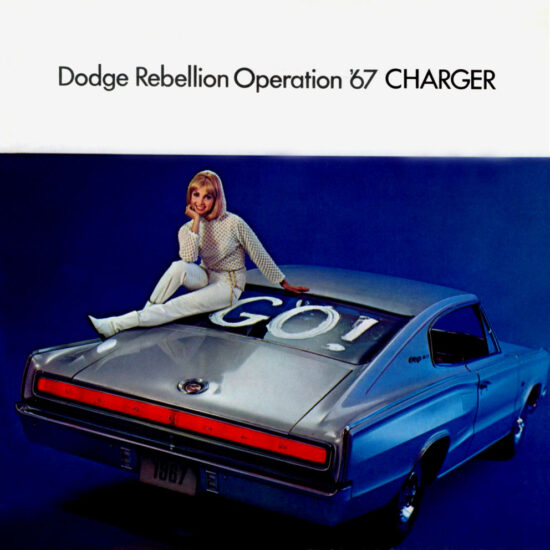
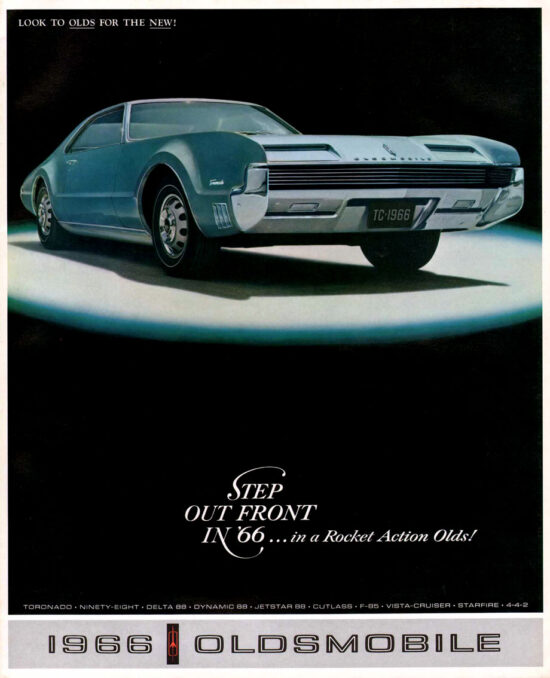
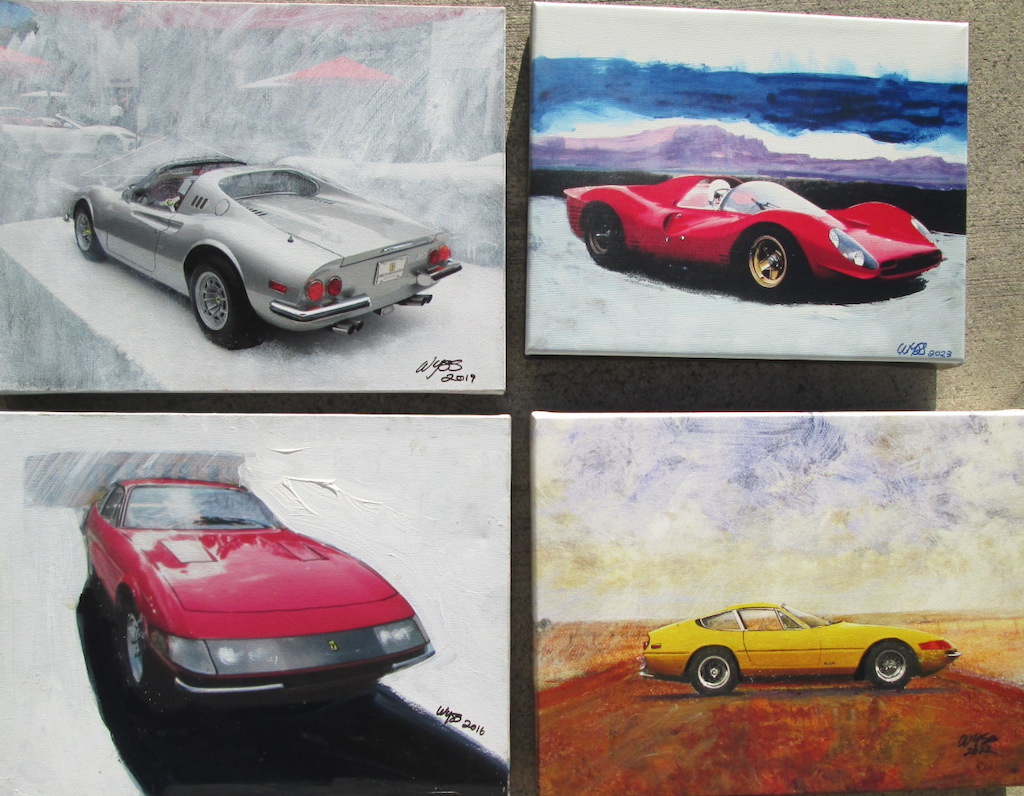

Mike,
The next iteration of the Dodge Charger, the 1968, the one with the Coke-bottle shape, became the huge sales success for the model: “The 1968 Dodge Charger saw a significant increase in sales compared to the previous year, with 96,100 units sold. This was a dramatic rise from the 15,788 units sold in 1967. Dodge had to increase production due to the high demand, even adding a production line in St. Louis. The initial projection was only for 20,000 units, according to Dodge Garage.”
As for the Oldsmoblie Toronado, it came about during the golden age of innovation at GM, an era when GM took chances in the marketplace. Between the Toronado and the Corvair, GM showed its boldness in introducing cars with very exotic drivetrain layouts, and both proved to be very big sales successes for GM. Despite Ralph Nader, the Corvair was really only discontinued because Camaro and Firebird sales ate into its market and proved to be vastly more popular. “The Chevrolet Corvair was produced for ten model years, from 1960 to 1969. It was a compact car produced by General Motors and is notable for its rear-mounted, air-cooled engine. The first generation was produced from 1960-1964, and the second generation from 1965-1969. The last Corvair rolled off the assembly line on May 14, 1969”.
Glenn in Brooklyn, NY.